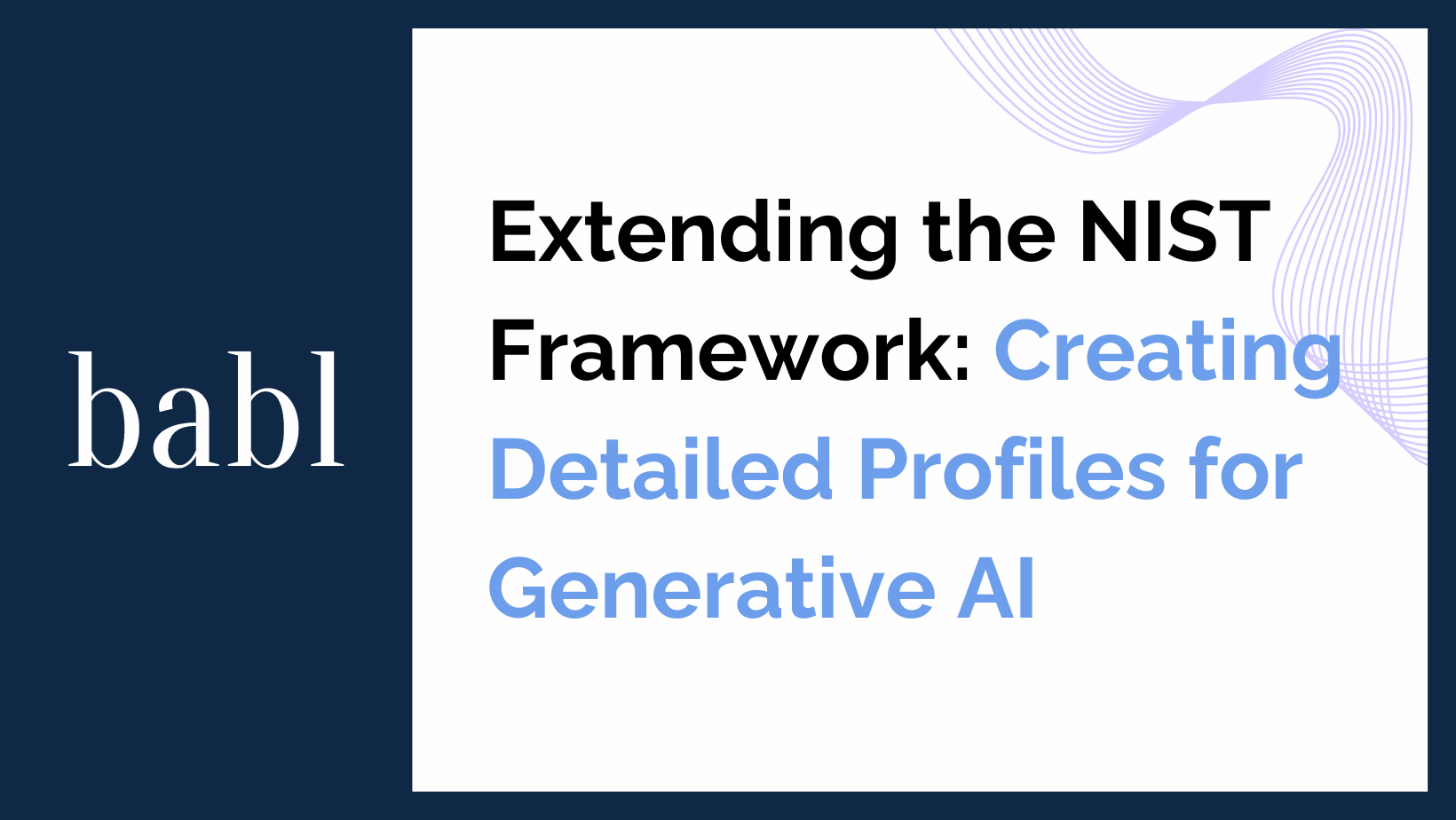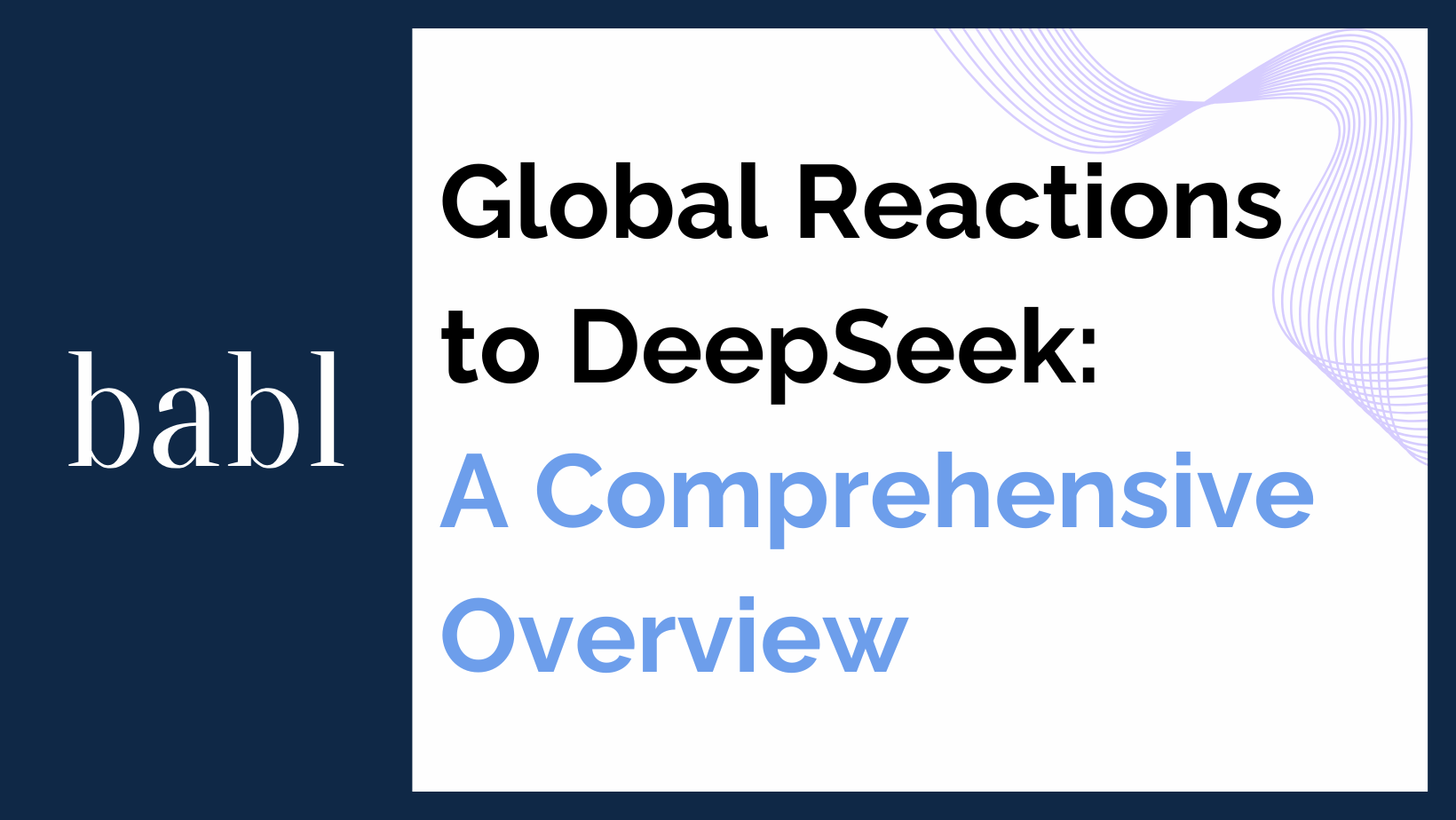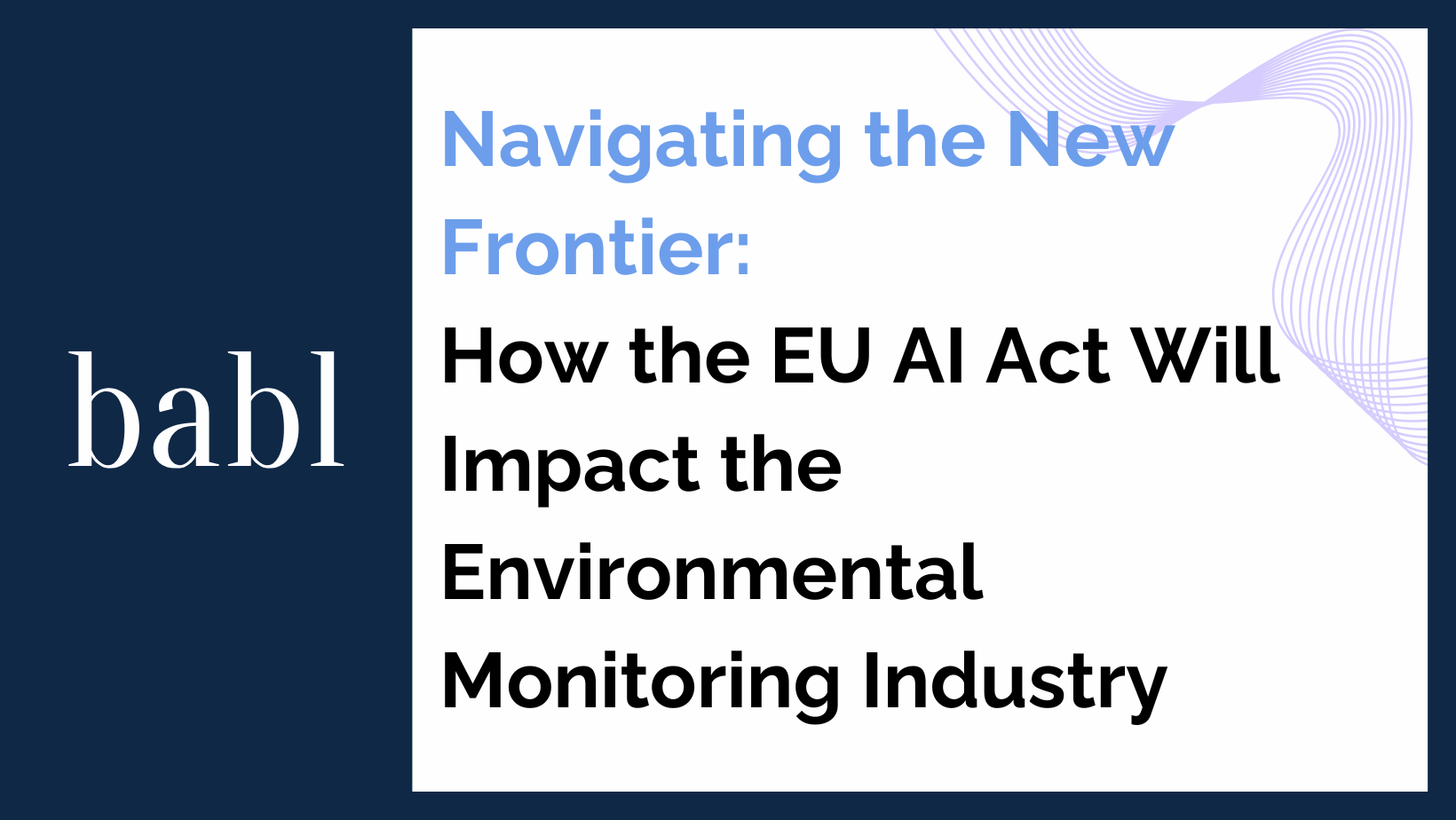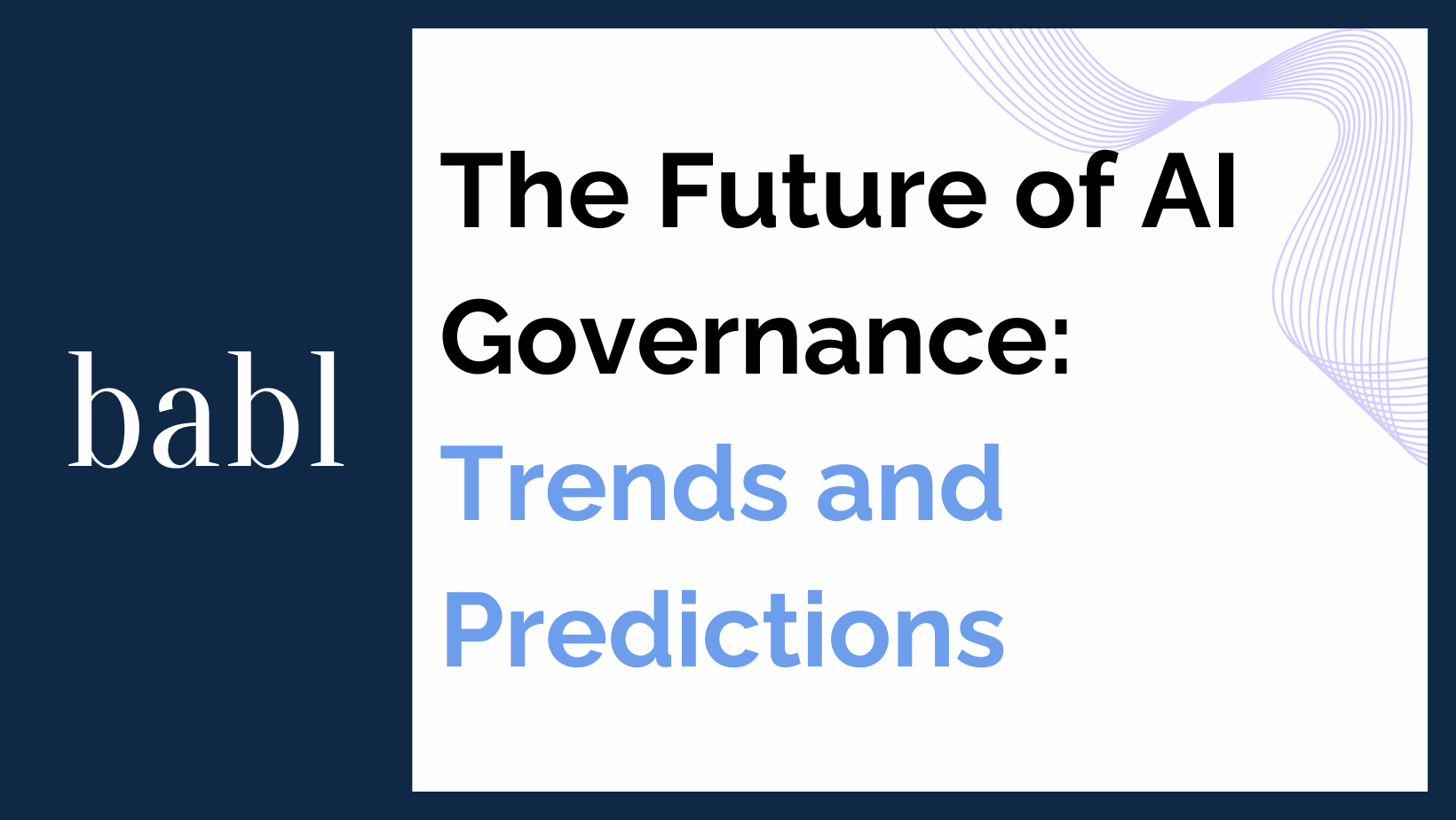Extending the NIST Framework: Creating Detailed Profiles for Generative AI
The realm of artificial intelligence (AI) is constantly expanding, with generative AI emerging as a particularly transformative technology. As organizations and regulators strive to keep pace with these advancements, the National Institute of Standards and Technology (NIST) has taken proactive steps by extending its AI Risk Management Framework to develop detailed profiles for specific AI applications, including generative AI. This extension is crucial in addressing the unique challenges and risks posed by generative technologies, offering a tailored approach that enhances both innovation and governance.
Understanding Generative AI and Its Impact
Generative AI refers to algorithms capable of creating content, whether it be text, images, audio, or video, that can mimic human-like outputs. This capability extends beyond traditional AI applications that analyze or process data, entering a realm where machines generate new, previously non-existent data points based on learned patterns. The implications of this are profound, touching on everything from creative industries to information dissemination, and raising unique ethical and operational challenges.
The Need for Specialized Profiles
Given the distinct nature of generative AI, standard AI risk management protocols are insufficient to fully address the associated risks. This discrepancy necessitates the development of specialized profiles under the NIST framework. These profiles aim to provide detailed guidance that aligns with the specific attributes and risk factors of generative AI technologies. For instance, a generative AI profile might delve into issues such as the potential for generating misleading information, copyright infringement concerns, and the ethical implications of AI-generated content that mimics human behavior.
How NIST Is Extending Its Framework for Generative AI
The process of extending the NIST framework to include generative AI involves several key steps:
Stakeholder Engagement: Bringing together experts from academia, industry, and regulatory bodies to share insights and discuss the specific needs of generative AI governance.
Risk Identification: Specifically identifying and categorizing risks associated with generative AI, such as bias in data sets that could lead to skewed outputs or the misuse of AI-generated synthetic media.
Guideline Development: Crafting detailed guidelines that address these identified risks, offering strategies for mitigation, and setting standards for ethical use and compliance.
Implications of the Generative AI Profiles
The creation of detailed profiles for generative AI under the NIST framework carries significant implications:
Enhanced Risk Management: By providing specific guidance tailored to generative AI, organizations can better prepare to mitigate risks, ensuring safer and more reliable AI applications.
Regulatory Clarity: These profiles help clarify the regulatory expectations for developers and users of generative AI, smoothing the path for compliance and standardization across the industry.
Promotion of Ethical Practices: Detailed profiles encourage the ethical use of generative AI by defining clear ethical standards and responsibilities, which is crucial in maintaining public trust in AI technologies.
Support for Innovation: By addressing risk and ethical considerations explicitly, the NIST profiles enable organizations to innovate confidently, knowing they are within a structured and secure regulatory framework.
As generative AI continues to evolve and become more integrated into various sectors, the importance of having a robust, adaptive framework cannot be overstated. The NIST’s initiative to extend its framework to include specific profiles for generative AI represents a forward-thinking approach to AI governance. It not only addresses the immediate challenges posed by these technologies but also sets a precedent for how similar advancements might be regulated in the future.
In conclusion, the extension of the NIST AI Risk Management Framework to include detailed profiles for generative AI is a timely and essential development. It ensures that as AI technologies grow more sophisticated, our approaches to managing their risks and maximizing their benefits remain robust and responsive. For policymakers, developers, and users alike, these profiles offer a roadmap to navigate the complex landscape of generative AI, fostering an environment where innovation thrives alongside accountability and ethical integrity.
Need Help?
If you’re wondering how NIST AI Framework, and other AI regulations around the world, could impact you, don’t hesitate to reach out to BABL AI. Their Audit Experts are ready to provide valuable assistance while answering your questions and concerns.





